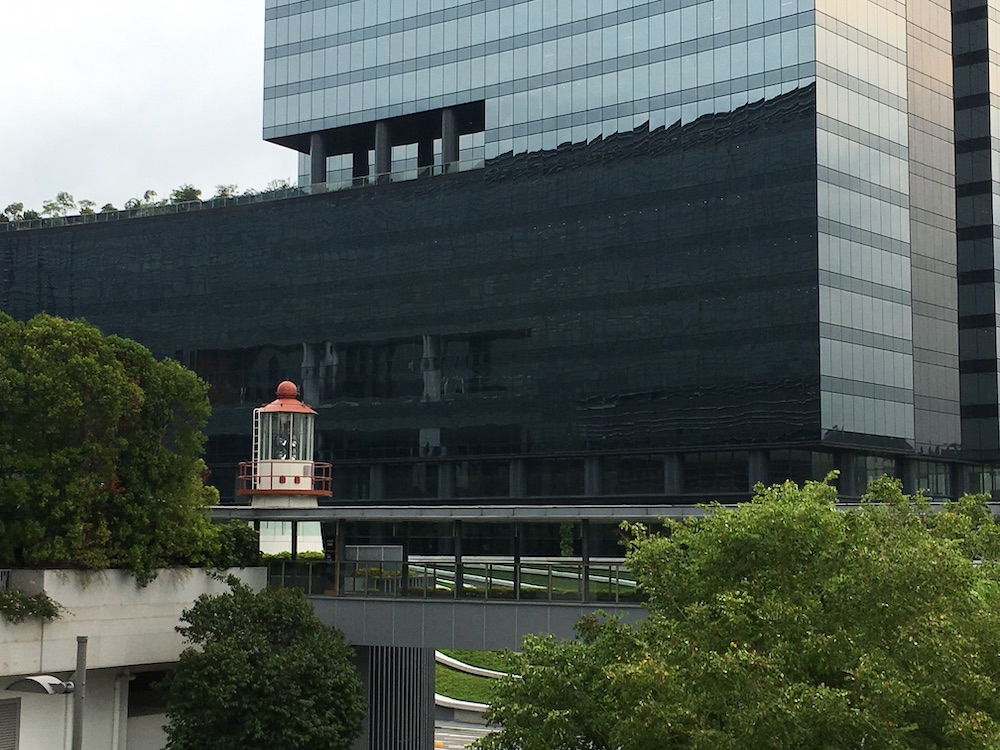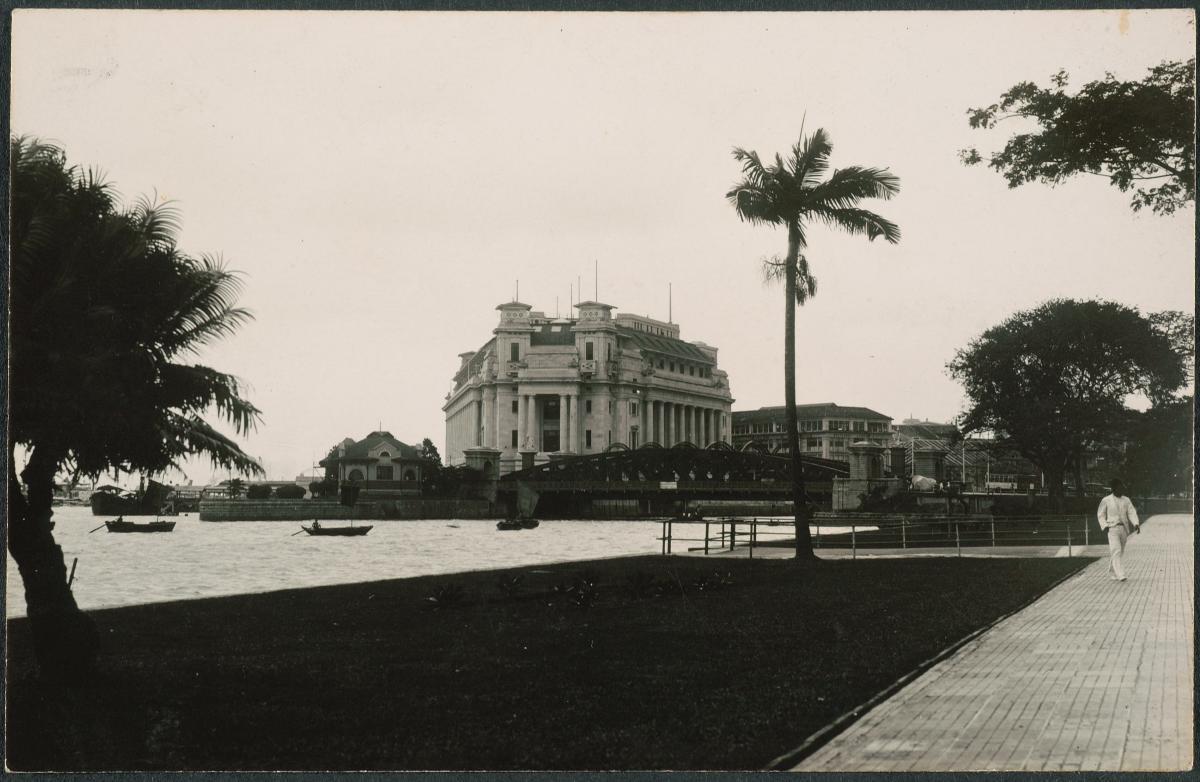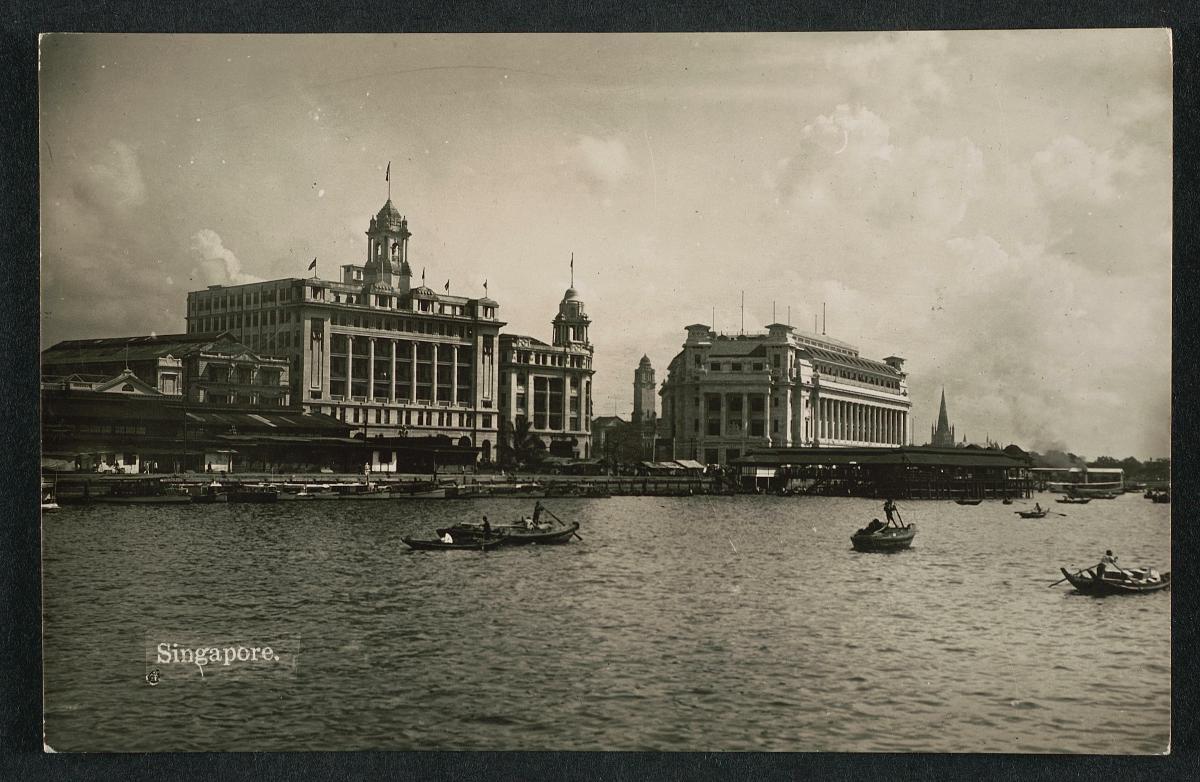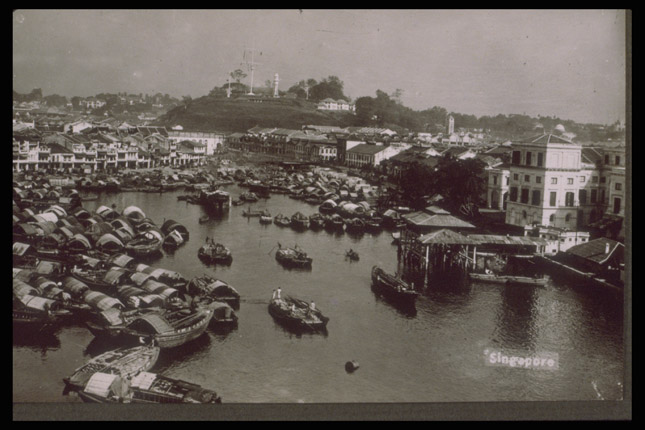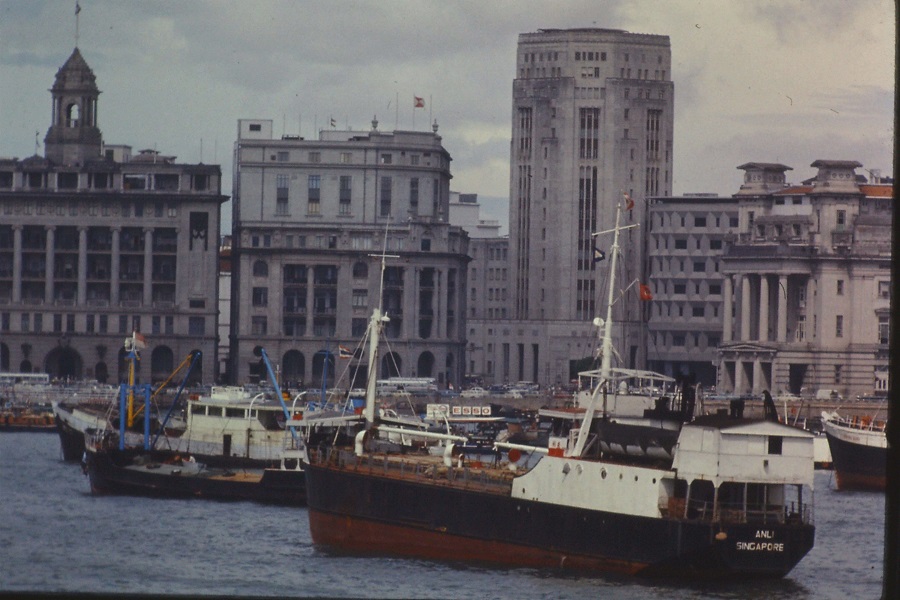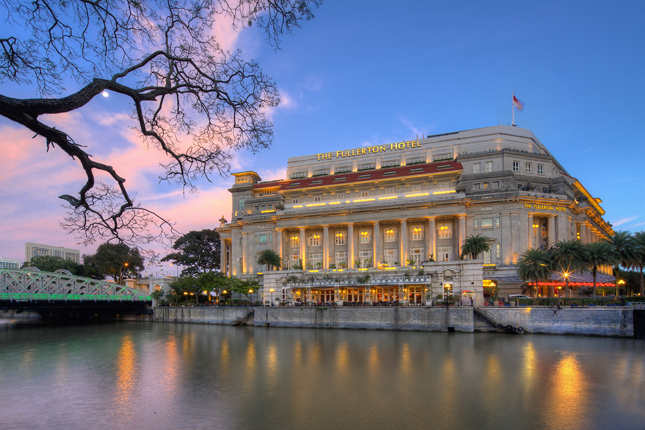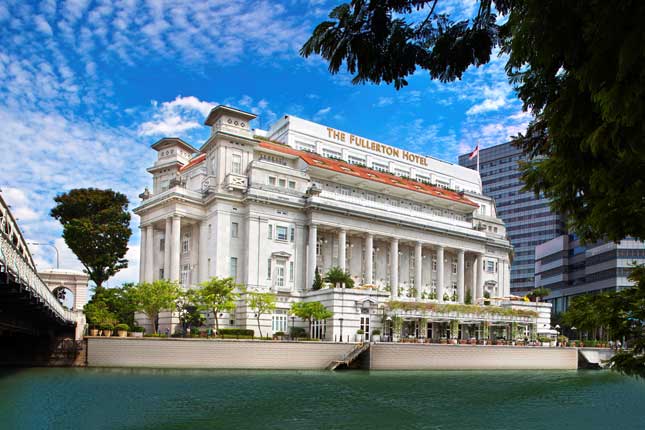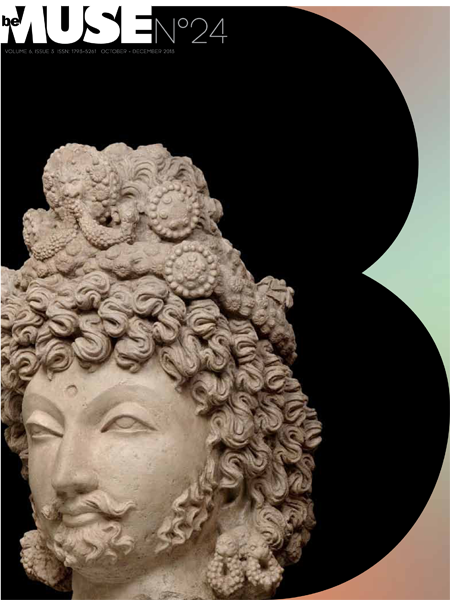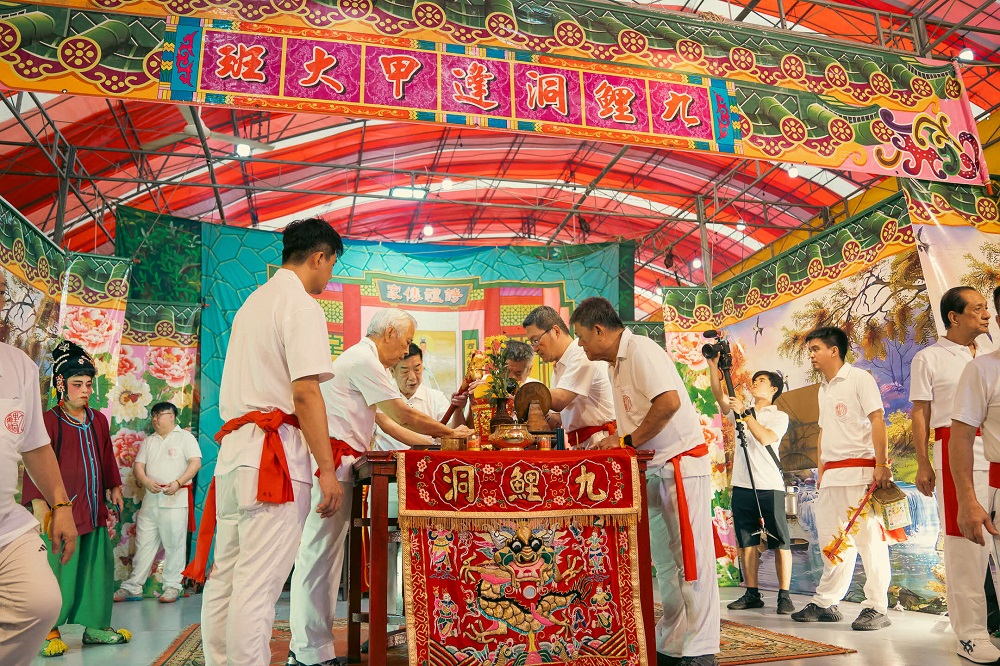The Fullerton Lighthouse was built by Stone-Chance Ltd, and commissioned on 14 December 1958. It was built to replace the Fort Canning Lighthouse whose view was obstructed by the growing Singapore skyline.
The lighthouse was installed on the top of the former Fullerton Building at the mouth of the Singapore River. It functioned as a navigational aid to guide ships into Singapore’s harbour.
Consisting of a round lantern with an aerobeacon in it, the revolving beacon stood about 48 metres above sea level, shining 540,000 candelas worth of light which could be seen by ships up to 29 kilometres away.
On 30 November 1979, the Fullerton Lighthouse was decommissioned. Like the Fort Canning Lighthouse, the Fullerton Lighthouse became obstructed by the tall buildings along Singapore’s waterfront.
1980s and Beyond
In 1985, the lantern in the lighthouse was transferred to the Singapore Maritime Museum as a working exhibit. After the museum closed in 2001, the lantern was displayed in an open site near Harbourfront Tower One.
At the time of writing, the lantern sits as an elevated exhibit at the entrance of Mapletree Business City to welcome visitors as they enter the business park. Before it was put up as an exhibit at the business park, the lantern was restored to include a new drive gear mechanism and low-powered LED lighting to replace the older halogen globes.
The original site of the Fullerton Light at the Fullerton Hotel has since been transformed into a fine dining restaurant called The Lighthouse.
Buildings and sites featured on Roots.SG are part of our efforts to raise awareness of our heritage; a listing on Roots.SG does not imply any form of preservation or conservation status, unless it is mentioned in the article. The information in this article is valid as of April 2021 and is not intended to be an exhaustive history of the site/building.




.ashx)
